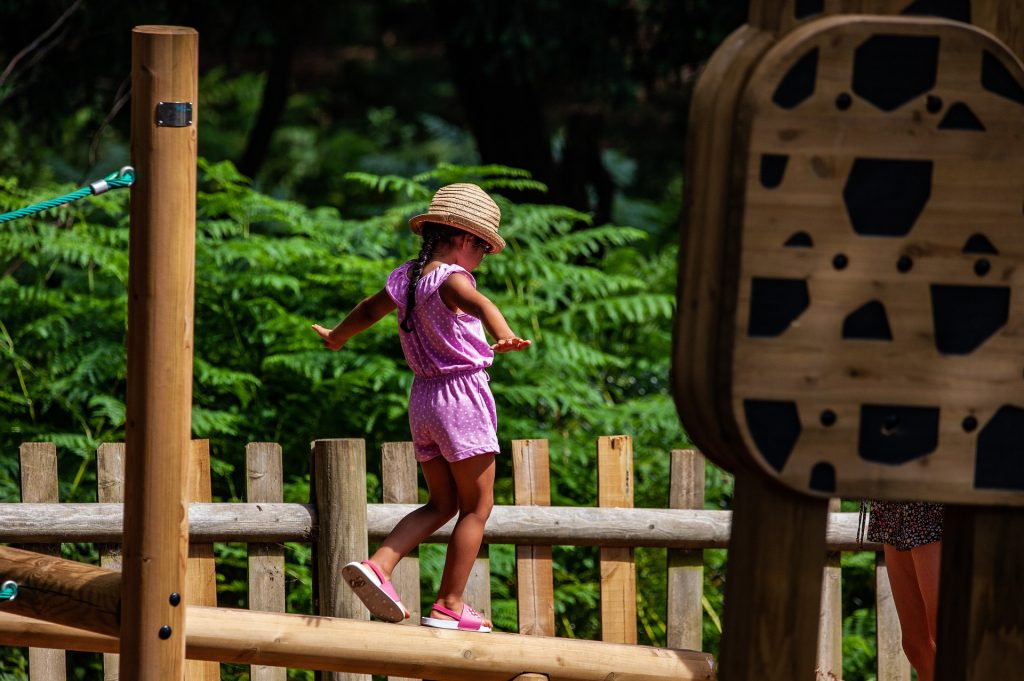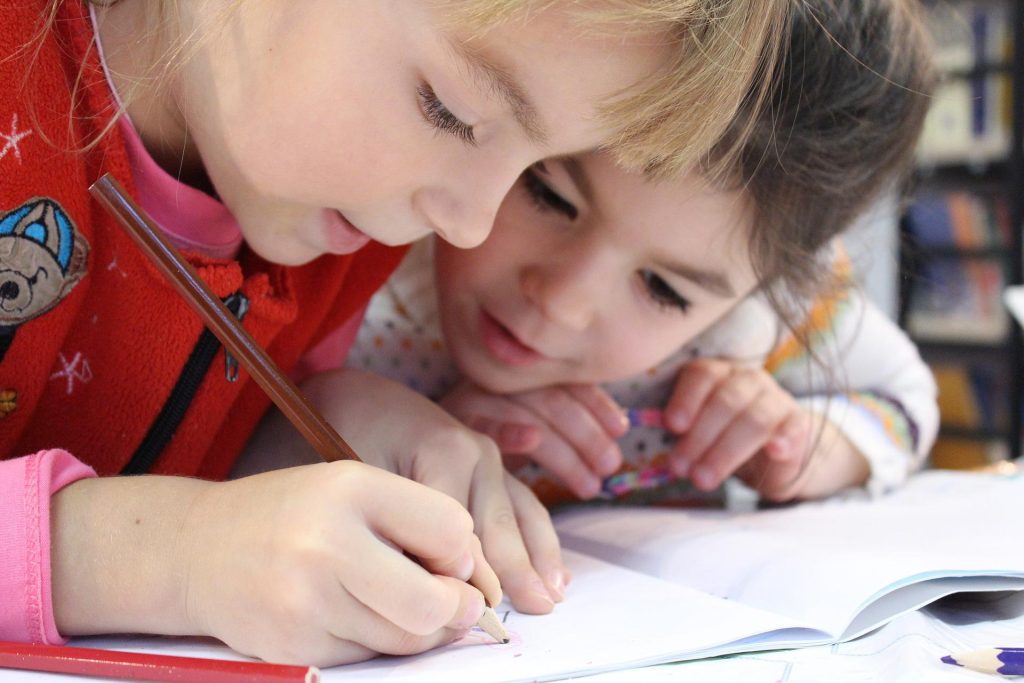Of course it does! Thankfully, some things never change. Despite concepts like understanding rather than memorising and relating lessons to the real world and so on the 10th principle in the UNESCO report on How Children Learn [2002] is about taking time to practise. Many of us may remember our own parents oft repeated mantra that “practice makes perfect”. This is essentially what principle 10 is all about.

The good news is that children do this naturally. How many times has your child asked you to read the same story? What you will see them do is repeat the same game, puzzle, action or pronunciation of a word over and over again. They instinctively know practise is important and want to do it because they want to get things right, to fit in, and they enjoy the achievement of perfecting a thing and mastering a skill. For them it is growing up.
However, practicing can sometimes be boring and result in resistance. This is where Principle 1, Active Involvement, comes in again such that practise should be engaging for the child, not simply repetitive.
And also Principle 3, relevancy, such that the practise mechanism is relatable to the real world and culture of the child. Principle 2, social interaction, can also help by setting up group practise sessions. The objective is to avoid the practise being a chore by making it fun, social and even competitive.

This is where use of modern technology really shows its strength. Learning to play piano Apps are gaining popularity these days and children will watch well-made and engaging videos over and over again and in time they will fully assimilate the learning embedded therein. Use of technology can encourage children to take some level of control of, and responsibility over, their learning because children can select what they want to do and will stop watching a video or reading a book when they have taken all the available benefits from it and will seek new stimulation elsewhere. When children talk about growing out of things it is really about not needing the lessons learned from them any longer and wanting a new challenge.
Indicated action
When teaching your children new things go slowly at first and repeat often at the beginning of a new topic, word, example, explanation etc and stay focused on that topic for sufficient repetitions. Remember the number of repetitions required is vastly reduced if teaching is done through play. While comparison with other past topics is desirable it is important not to get side tracked away from the topic in hand until the child has a good grasp of it. You may need several separate sessions on the same topic before the child gets it and some additional reinforcement can be helpfully achieved via mechanisms other than verbal explanation such as reading, exercises, observations/experiments and watching videos of the same or similar topics or using well designed Apps. When multiple sources of the same learning point are deployed the learning is faster and more durable, especially if it is fun and engaging.



